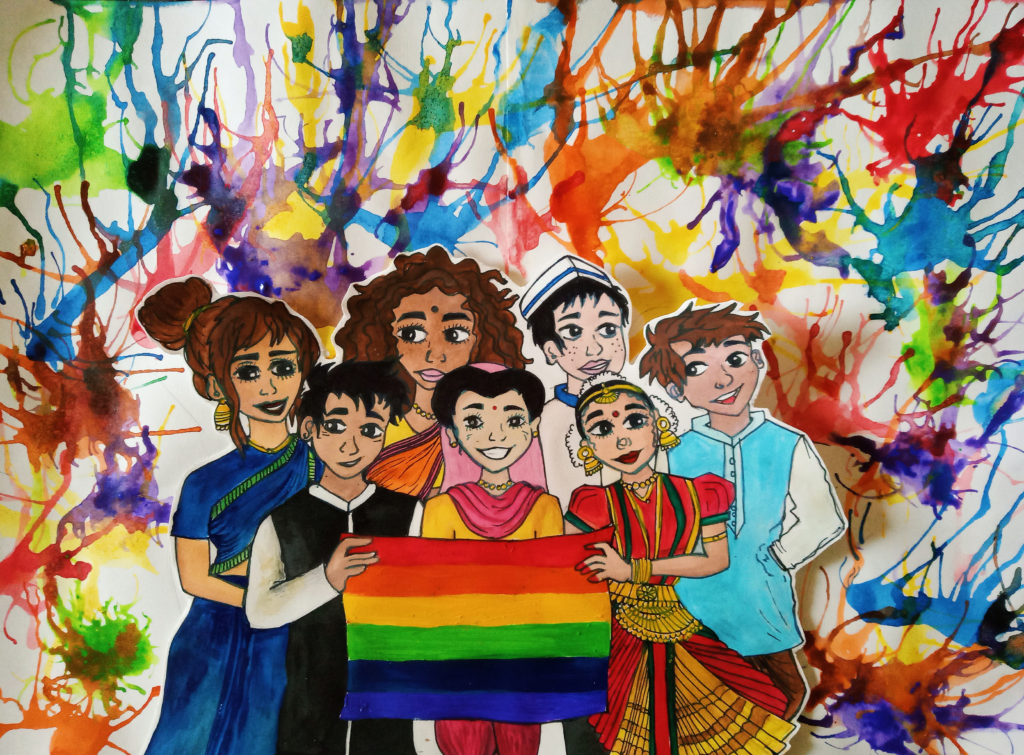
In 2019, modern India is celebrating pride with her head held a little higher, especially since the previous year saw such massive progress in the fight for equality. However, a majority of our usually conservative society is still trying to wrap their heads around the movement and the change it brings with it.
Ancient India didn’t have to deal with this. Not because it didn’t exist, but because it wasn’t considered unordinary. Homosexuality, gender fluidity, and being queer in any sense of the word was accepted and even celebrated in temples, scriptures, and, literature.
What is Homosexuality and Gender Fluidity?
Homosexuality is simply the attraction towards the same sex. Sexuality itself is considered a spectrum that accounts for every variation of sexuality without there being a definite label for it. Homosexuality is a part of this broader spectrum – which includes heterosexuality, bisexuality, pansexuality, and asexuality. Sexual fluidity also exists, where one’s sexual identity varies over time.

Similarly, gender is also considered a continuum. It includes cisgender (clearly male or female), transgender, genderfluid and agender. Gender fluidity is non-binary gender identity (neither male nor female) which is not fixed or definite and can vary over time.
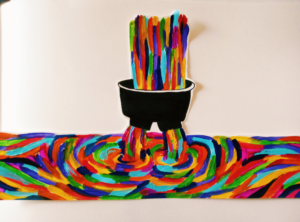
The term ‘queer’ is used as an umbrella term for all sexual and gender minorities that are not heterosexual and cisgender.
Homosexuality in Indian Mythology
The variation in sexual identities in Indian mythology is depicted in stories and scriptures where gods, demi-gods, and mortals indulge in same-sex relationships. These unions are not purely for pleasure and may be for ritualistic or other purposes. While the most ancient scriptures like the Vedas do not condemn the act but accept it as a way of life, ancient law books, like the Manusmriti, condemn such acts. However, there is no concept of eternal damnation or sin related to it – it was only a matter of social “decency” and acceptance.
The story of Bhagirath, according to Bengal Rampanchali, is that he was born of two women. King Dilip, who had no children, asked sages to prepare a potion but died before it was ready. The sages asked one of his queens to drink the potion and sire a child with the other queen. And so Bhagirath was born of the union of two Bhagas.

Varuna and Mitra are devas who are believed to rule the universal waters. While Varuna controls the upper surface of the oceans, shorelines, and rivers, Mitra presides over the depths of the ocean. Ancient Brahmana texts associate the waxing and waning of the moon to the same-sex relationship of these Adityas. They are also believed to have fathered sages Agastya and Vasistha in ways similar to modern surrogacy.
Gender Fluidity in Indian Mythology
Gender fluidity as a concept is seen much more commonly in Indian mythology. Gods, goddesses, demi-gods, and heroes would often take “avatars” of the opposite gender to fulfil a particular task. The concept of duality – male and female is seen as a part of a whole, and incarnations would show the characteristics of the gender that was preferred – or both!
An apt example of this is Ardhanarishwara – an incarnation of Shiva in which he includes the form of a goddess into his own. The embodiment signifies the synthesis of the male and female energies in the universe. It conveys that in the union of duality is creation.
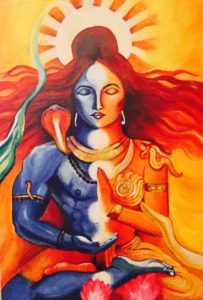
Another popular incarnation is the female form of Lord Vishnu – Mohini. In the Bhagavata Purana, Mohini enchants the asuras into giving up their share of Amrutha – the divine nectar for the devas. She and Lord Shiva also have a son, the warrior god Ayyappan.
There is another legend of Mahadeva, in which he takes the form of an older woman to deliver his devotee’s child. According to the oral tradition of Bengal, Goddess Kali takes birth on Earth, as Krishna, to rid the world of evil.
Homosexuality in Ancient India
The Khajuraho temples in Madhya Pradesh are cited as prime evidence of an active queer lifestyle in ancient and medieval India. The temple complex includes Hindu and Jain temples, most of which were built between 950 AD and 1050 AD during the time of the Chandela dynasty. The temple features carvings outside and inside the structure, that aims to showcase the karma of life. Amongst these carvings are hidden those of women and men engaging in sexual acts with the same gender. While many explanations for these carvings have been given, it simply cannot be ignored that these prove the existence and acceptance of the queer community in ancient India.
However, homosexuality was rare in medieval India, and most Hindus generally disapproved of it. While homosexuality was ignored or stigmatized, it wasn’t persecuted.
Influence of the Mughal Invasion and British Colonisation
The First Battle of Panipat led to the advent of the imperial Mughal empire, that brought with it a new era in India’s history, religion and lifestyle. Homosexuality, along with these, became a whole other story. The Mughal emperors themselves considered it as nothing abnormal, rather something that was a fundamental function of the human body. Evidence shows that it was not condemned nor criticised, rather passionately pursued. The founder of the dynasty, Babur, in his autobiography Baburnama, has expressed his raging desire for a boy he saw in a bazaar in Kabul.
Even before Babur’s time, when Delhi was ruled by Allaudin Khalji, one of the most successful sultans of the Delhi Sultanate, same-sex relations have been recorded to occur. The sultan’s loyal slave, Mallik Kafur, is believed to have helped him with more than just administrating his kingdom. The relationship between the two men is known to have been fiercely loyal and deeply close-knit, the sultan naming the slave as his deputy ruler. Therefore, it is unsurprising that a sexual relationship is believed to have blossomed between the two. Historian Nilanjan Sarkar, in his journal ‘Forbidden Privileges and History-Writing in Medieval India’, postulates that since the sultans were compelled to have a great amount of trust in their military advisors, they had more ways than one to build such a bond.
The Mughal emperors were famously known as elaborate patrons of the arts and encouraged poetry, paintings, and song with the background of homoeroticism and gender fluidity in their courts. They even supported Sanskrit tales of homosexuality, as referred to earlier in Indian mythology, to be translated for them to revel in. The Muslim novelty that resided in India then indulged themselves in this regard as well. There was no stigma towards engaging in an emotional or physical relationship with any gender you are attracted towards. Notable examples include Jahanara Begum, who burnt herself to save her slave girl, or Sarmad Kashani, a mystic traveller who found appreciation for his art in the Mughal emperors and a romantic partner in his Hindu disciple Abhai Chand.
What is interesting to note here is that the Quran poses a mildly negative connotation to homosexuality, and, at that time, laws were in place as well regarding the punishment of those who practised it. However, they were not strictly enforced. One reason that could be cited is the difficulty of catching the person in the act. Another could be the emperor’s conscious, maybe even vicarious, indifference towards the same.
Once the Mughal Empire came to an end, and the Westerners set their sails for the shores of India, is when the country’s opinion of homosexuality took a nosedive. Travellers like the Portuguese and the British, who eventually went on to rule over the Indians, brought with them their conventional ideas of men loving women and women loving men. The colonisation of India by the Britishers was the earthquake that decimated the country’s past and left it in the remnants of the future. Section 377 of the Indian Penal Code criminalized same-sex activities and was one of the relics that were difficult to erode but has finally, successfully, been done away with it.
Acceptance of Alternate Lifestyles in India
Once the Mughals decided to expand their political interests in India, the aforementioned disapproval of medieval India seemed to have burned out. However, its ashes still remained, the glowing embers waiting to be stoked, mostly within the Hindu commoner that was being ruled over by foreign emperors. They did not perform any recorded action to express their sentiments to the rulers of an alien land, with an alien culture, but we can say that common society withheld a stigma against homosexuality.
So, it didn’t take much for the British empire to rekindle the disapprobation that resided within the common Indian. The tides of time have now put the fire out, once and for all, but it was an arduous journey getting here. Indian society, from our year of independence (1947), till the early 2000s, always maintained that homosexuality and gender fluidity is not normal. Let’s face it, our society has always been traditional. Any change to be brought about in the belief of the common man will take some time to implement, and will not be without challenges. Section 377 being abolished was a huge step in the right direction, society having no legal hold over homosexuals any longer. Any contrast that is to be brought about now is to be done in the mindset of the people.
As the LGBTQ+ movement gains traction, sections of society are beginning to accept the normalcy of homosexuality. In 1999, Kolkata hosted India’s first Pride Walk. Since then, major cities like Delhi, Mumbai and Lucknow have followed suit. As the community and its allies grow in number, the only way is up. And the rainbow flag soars high.

Source – The Strait Times
Written by Mahia DeSylva and Siri Rajanahally for MTTN
Featured Image and Artwork by Shreya Bangar
Graphics by Ansh Bhagania
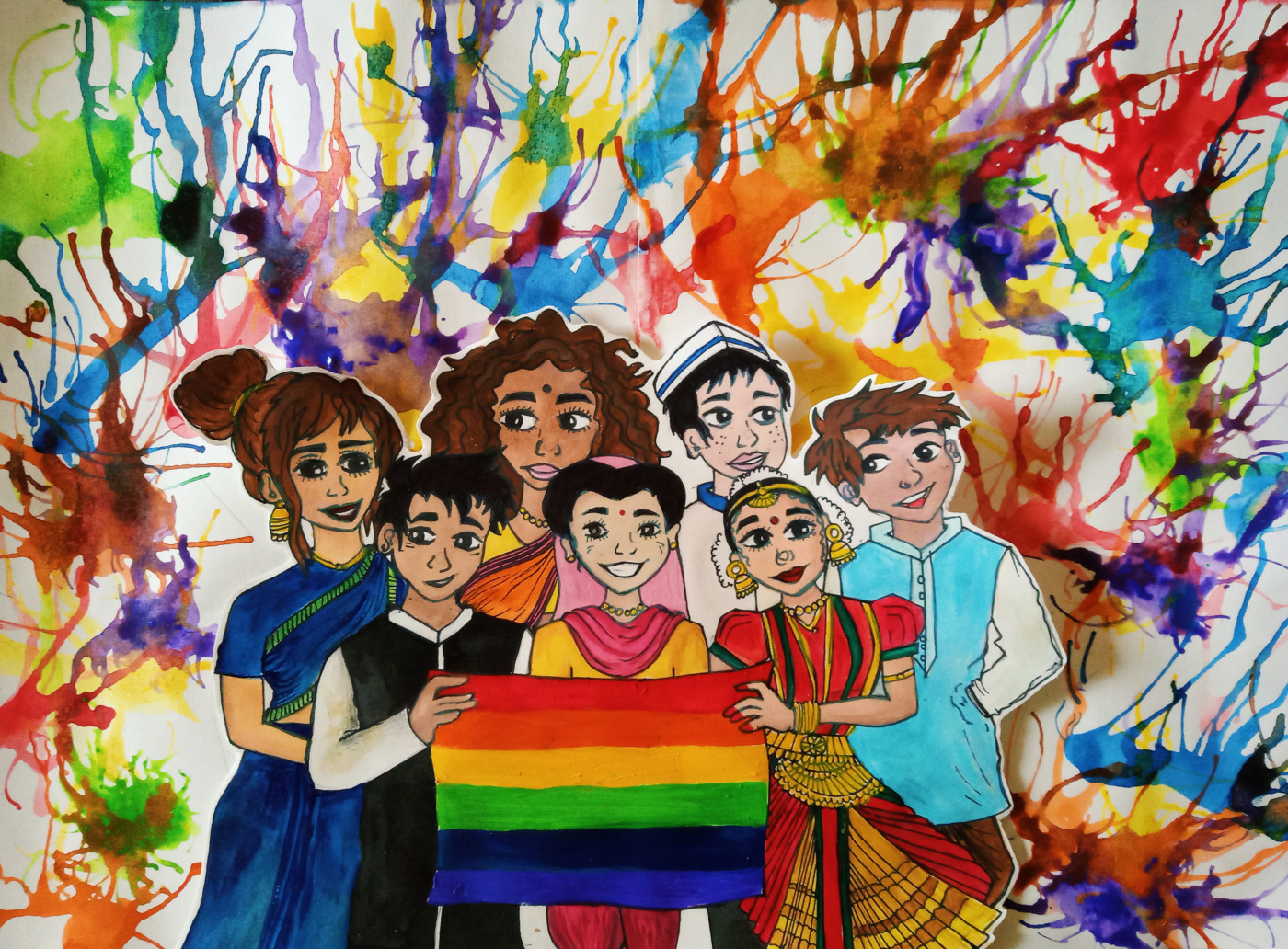
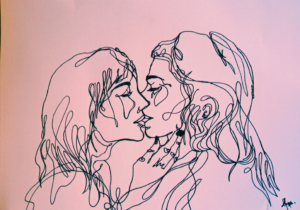
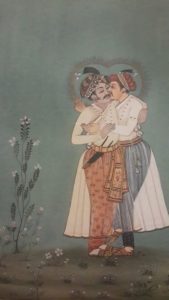
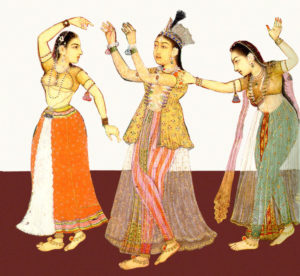
Leave a Reply
You must be logged in to post a comment.